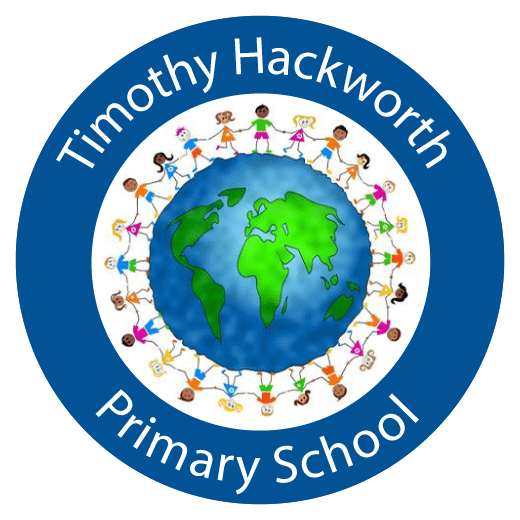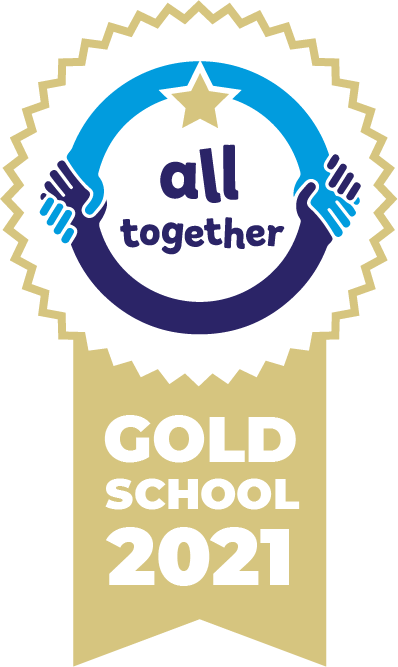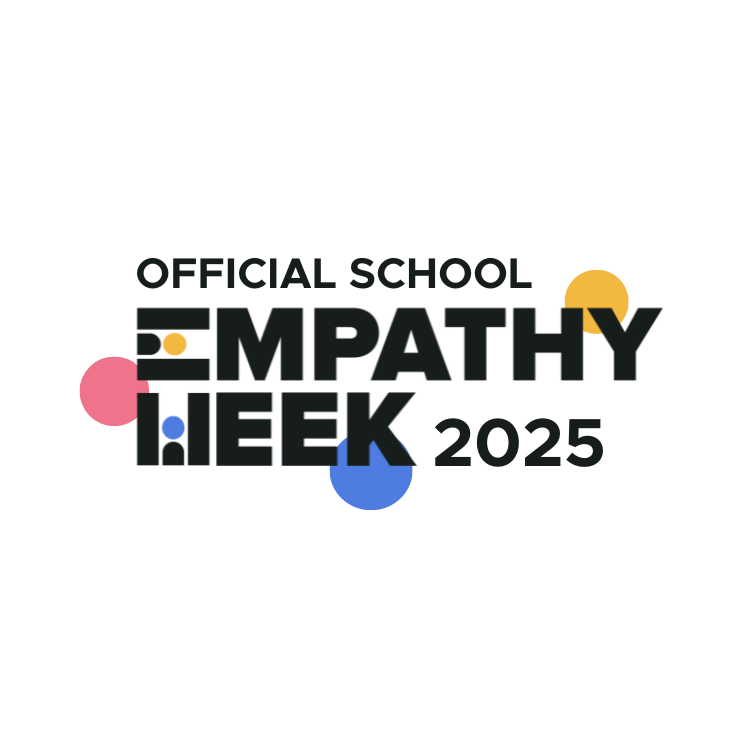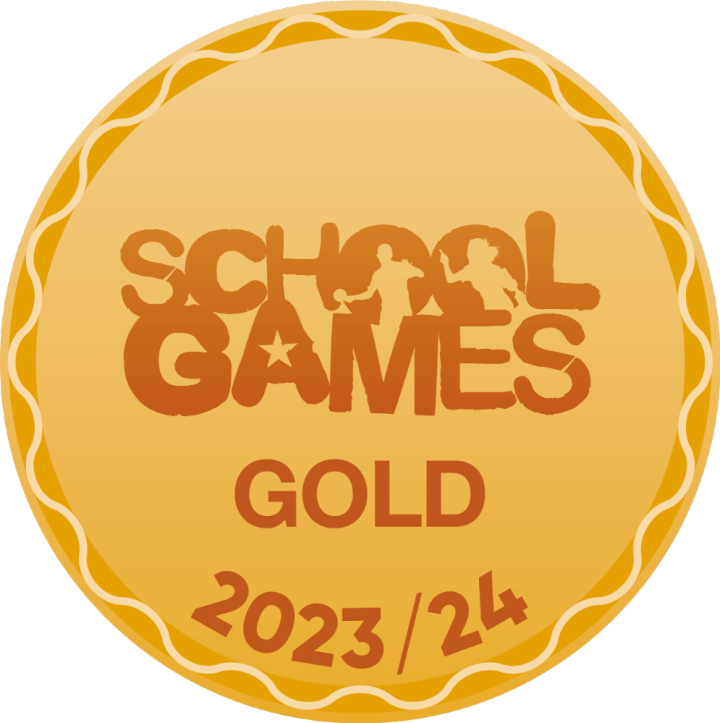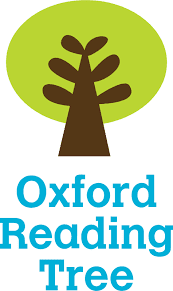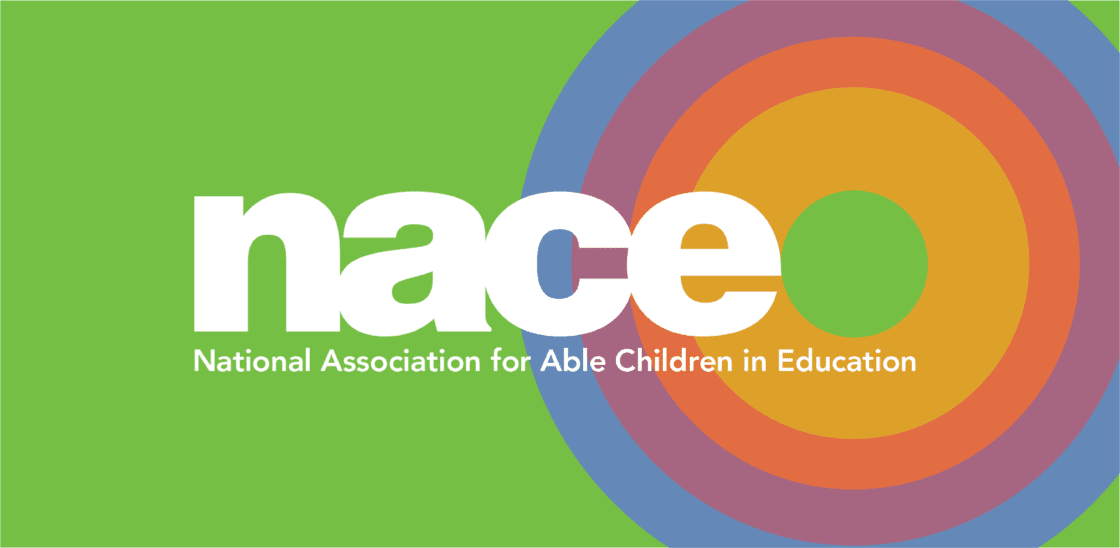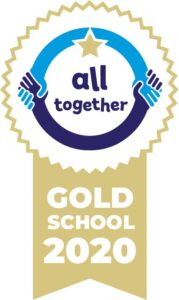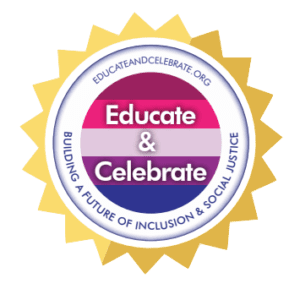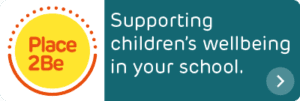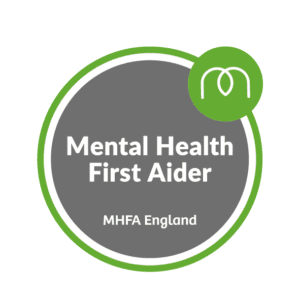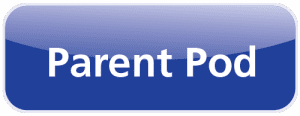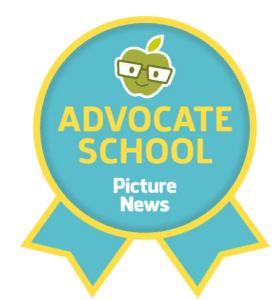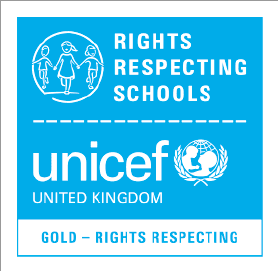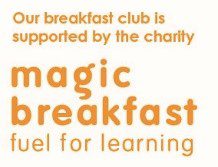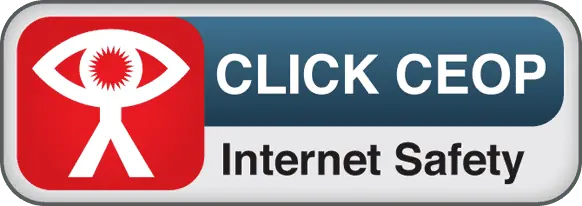At Timothy Hackworth Primary School, we use the Phonics scheme ‘ELS’ – Essential Letters and Sounds.
Our reading scheme is Oxford Reading Tree. Our children read books from this scheme which are carefully matched to their phonics levels.
Policy
Phonics Policy October 2023-24
This should be read in conjunction with the CRC and Respectful Relationships Policy, our English, Spelling and Handwriting Policies.
All policy and practice in Timothy Hackworth Primary School respects children’s dignity.
Phonics at Timothy Hackworth Primary School
Intent
As we are a Gold Level Rights Respecting School, our whole curriculum is shaped by our vision which aims to enable all children, regardless of background or ability and additional needs, to flourish and to become the very best that they can be.
We value reading as a key life skill and we are dedicated to enabling our pupils to become lifelong readers. We give all children the opportunity to enter the magical worlds that books open up to them. We promote reading for pleasure as part of our reading curriculum. Children are encouraged to develop their own love of genres and authors, whilst reviewing their books objectively. This enhances a deep love of literature across a range of cultures and styles.
We are passionate about ensuring that all children become confident and enthusiastic readers. We believe that phonics provides the foundations of learning, allowing children to progress and to become fluent readers.
The systematic teaching of phonics has a high priority throughout Foundation Stage and Key Stage 1. We acknowledge that children need to be taught the key skills in segmenting and blending and to be equipped with the knowledge that enables them to successfully complete the Phonics Check at the end of Year 1. We also value and encourage the pupils to read for enjoyment and recognise that this starts with the foundations of acquiring letter sounds. We strive to ensure our pupils have the opportunity to demonstrate resilience, resourcefulness, reflectiveness and reciprocity and have the ambition to be successful learners.
Implementation
Essential Letters and Sounds (ELS) is our chosen phonics programme. The aim of ELS is to get all children to read well, quickly. ELS is a systematic synthetic phonics programme and was validated by the Department for Education in June 2021.
ELS is a whole class teaching model. This means that every single pupil has the same opportunities when learning to read. Learning to read well, early, is a priority for every child. Children who may find it harder to learn how to read are given extra support from their teacher every day. We ensure that all children learn to read well and keep up, rather than having to catch-up.
All members of staff are trained to teach ELS to ensure that we have an expert team of reading teachers led by our Phonics Lead. As a staff team, we regularly meet to review our practice and to practise teaching together. This ensures that all children receive high quality teaching every day. Our classrooms are well resourced to ensure that every child has the resources required to learn to read well.
Two Year Olds
Two-Year-Old children experience a range of language and phonological awareness activities through a differentiated approach within the setting on a daily basis. Practitioners focus upon the Prime areas of Communication and Language, Physical Development, and Personal, Social and Emotional Development: these are the foundations of Literacy, including phonics. Planned activities, resources and interactions with adults focus upon developing children’s speech, language, and communication skills, including auditory discrimination, receptive language and listening and attention.
Nursery
Nursery follow Phase 1 which focuses upon the skills of tuning into sounds (auditory discrimination), listening and remembering sounds (auditory memory and sequencing), and talking about sounds (developing vocabulary and language comprehension). The learning in Phase 1 is mainly adult-led, although children have opportunities to further develop skills through a wide variety of experiences, including through supportive play and in the continuous provision. By the time children leave Nursery they have experienced all Aspects of Phase 1.
Aspect 1: Environmental Sounds
General sound discrimination – environmental sounds.
To develop children’s listening skills and awareness of sounds in the environment.
Aspect 2: General Sound Discrimination – Instrumental Sounds
To experience and develop awareness of sounds made with instruments and noise-makers.
Aspect 3: General Sound Discrimination – Body Percussion
To develop an awareness of sounds and rhythms.
Aspect 4: Rhythm and Rhyme
To experience and appreciate rhythm and rhyme, and to develop an awareness of rhythm and rhyme in speech.
Aspect 5: Alliteration
To develop an understanding of alliteration.
Aspect 6: Voice Sounds
To distinguish between the differences in vocal sounds, including oral blending and segmenting.
Aspect 7: Oral Blending and Segmenting
To develop oral blending and segmenting of sounds in words.
There is no expectation for children in Phase 1 to be introduced to letters (graphemes), however, practitioners do respond to children’s interests and comments about letters and words in print and strive to create a print rich environment of displays, signs, books and labels.
Reception
In Reception, children continue to build on their listening skills and are introduced to Phase 2, which marks the start of systematic phonics learning. They have discrete, daily phonics sessions following the Essential Letters and Sounds programme. They revise previous learning, are taught new graphemes/phonemes, then practise and apply what they have learnt. The continuous provision matches the pupil’s current knowledge and understanding, whilst ensuring they are suitably challenged.
The purpose of this phase is to teach at least 19 letters and children continue to practise oral blending and begin to blend and segment with letters. Many children should be able to read and spell some VC and CVC words. During this phase they are introduced to reading two-syllable words and simple captions. They will also learn to read some harder to read and spell words. Sound Books are sent home weekly so that children can further practise their new letters and sounds, harder to read and spell words and key words. Children also take an Oxford Reading Tree book home from our reading scheme. This book is matched to their phonic ability.
Following Phase 2, children enter Phase 3 where they are taught another 25 graphemes, most of them comprising of two letters (e.g. oa), so that children can represent an increasing number of phonemes with their corresponding graphemes. Children also continue to practise CVC blending and segmentation in this phase and will apply their knowledge of blending and segmenting to the reading and spelling of simple two-syllable words and captions that have been dictated. They will also learn letter names during this phase, learn to read some more harder to read and spell words, and begin to learn to spell some of these words.
The Essential Letters and Sounds programme expectations are that children will have completed Phase 4 by the end of Reception and have had an introduction to Phase 5 for reading. The purpose of Phase 4 is to consolidate children’s knowledge of graphemes in reading and spelling words containing adjacent consonants and polysyllabic words. The coverage of Phase 5 taught in Reception will introduce a further 20 new GPC with alternative graphemes for known phonemes.
Year 1
In Year 1, there are a number of review weeks of Phase 3, 4 and the coverage so far of Phase 5. The children will then move onto the remaining objectives for phase 5.
Children in Year 1 have access to high quality daily phonics sessions which continue to follow the Essential Letters and Sounds programme. Through this programme, the children learn new graphemes and alternative pronunciations for these and where relevant, for the graphemes they already know. They apply what they have learned in phonics workbooks containing blending for reading, segmenting for spelling, sentence writing and reading and spelling of harder to read and spell words.
The ELS programme has a wide range of decodable texts linked to the sounds taught each week. In guided reading sessions, children are given further opportunity to practise sounds previously taught. Children read texts matching their current phonics knowledge. During these guided reading sessions, children also revisit known GPCs and harder to read and spell words.
Children practise recognising ‘Alien’ or pseudo words in readiness for the Phonic Screening Check later in Year 1 and to give them the confidence to read words. In addition to the book they are reading at school, children also take an Oxford Reading Tree book home for further practise of their phonic skills.
ELS is designed on the principle that children should ‘keep up’ rather than ‘catch up’. Interventions are delivered within the lesson by the teacher and any child who is struggling with the new knowledge can be immediately targeted with appropriate support. Where further support is required, 1:1 intervention is used where needed. These interventions are short, specific and effective.
Year 2
Children who require further phonics support access ELS lessons for targeted GPCs. These children also access the ELS 1:1 interventions, as well as daily reading of decodable texts matched to ELS.
Key Stage 2
Children in Key Stage 2 who have not reached a proficient level in phoneme-grapheme correspondence application, are given access to a daily phonics sessions using the suggested resources from the ELS programme.
Impact
Through the teaching of systematic phonics, children will become fluent, thereby proficient in phonics by the end of Key Stage One. This way, children can focus on developing their reading fluency, stamina and comprehension as they move through the school.
Phonics Screening Check results at the end of Year 1 will demonstrate the phonic ability of the children in Year 1.
Phonics Videos
Oxford Owl have created these phonics videos to help you help your child learn to read. Find out how phonics is used to teach children to read, then learn how to say the sounds. Suzy Ditchburn shows you how to blend sounds to read words, Ruth Miskin shares her top ten tips and Emily Guille-Marrett shows us how to put phonics into practice.
Visit the Phonics Videos – helping your child to read
